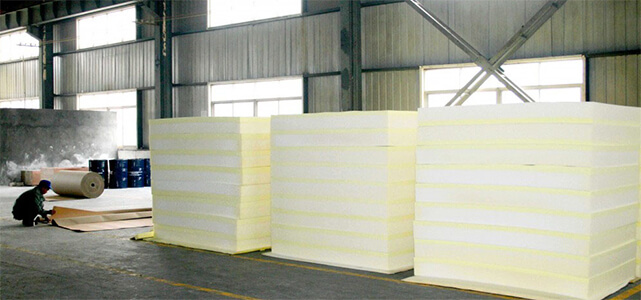High resilience is a polyurethane foam that has a much higher responsiveness than memory foam, which has a slower response. Because of this, those that enjoy more of a bounce in their mattress will gravitate towards this type of foam.
High resilience foams are much less popular than memory foam, but they make up important layers of many popular mattresses. Oftentimes the transitional layer or base layer of memory foam mattresses will contain high resilience foam at high densities. This provides a more even feel across the mattress, and less of a sinking feeling that memory foam alone would have.
Like all polyurethane foam, high resilience foam is made of a blend of polyurethane and has a tendency to off-gas. If you are susceptible to lung issues, please do additional research on the quality of foams before purchasing.
Pros: Quicker response than memory foam provides many mattresses with an even supportive feel.
Cons: Sagging and off-gassing problems with lower quality foams.
Overall Score: 8.9/10
Comfort: 8.8/10
Softness: 8.7/10
Heat: 8/10
Hypoallergenic: 8.1/10
Odor: 8.4/10
Eco-Conscious: 8.5/10
General Support: 9.4/10
Price Value: 9.4/10
High resilience foam is a polymer created during a chemical reaction between polyol and diisocyanate (two chemicals created from organic compounds). The ratio of polyol to diisocyanate is 2:1 to form polyurethane, though there may be other compounds that are added to create just the right amount of elasticity and density for each piece of foam. The foam is synthesized, poured into molds, and cooled before cutting into mattress layers.
High resilience foam is generally used in the middle layers of many popular memory foam brands, but higher or lower density varieties can be found in surface or base layers.

